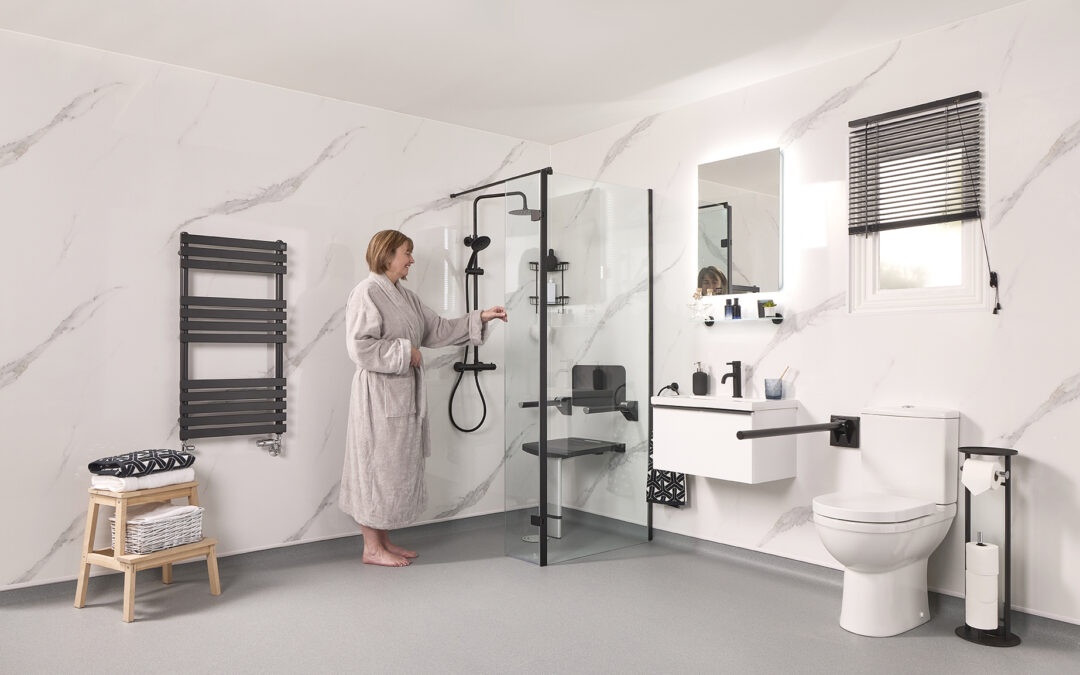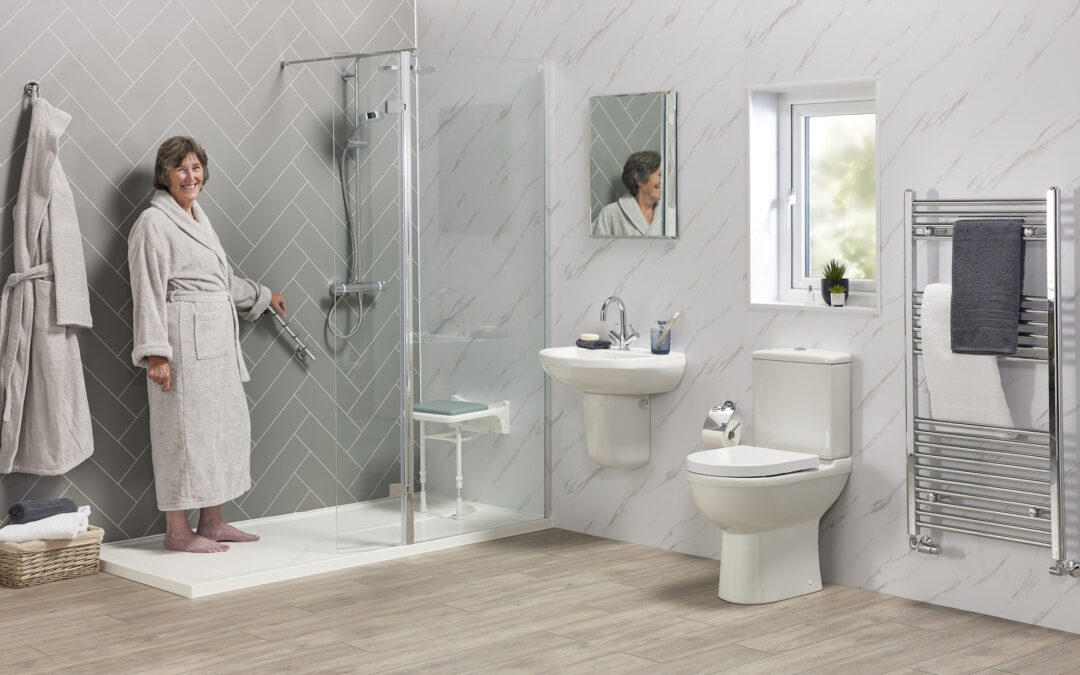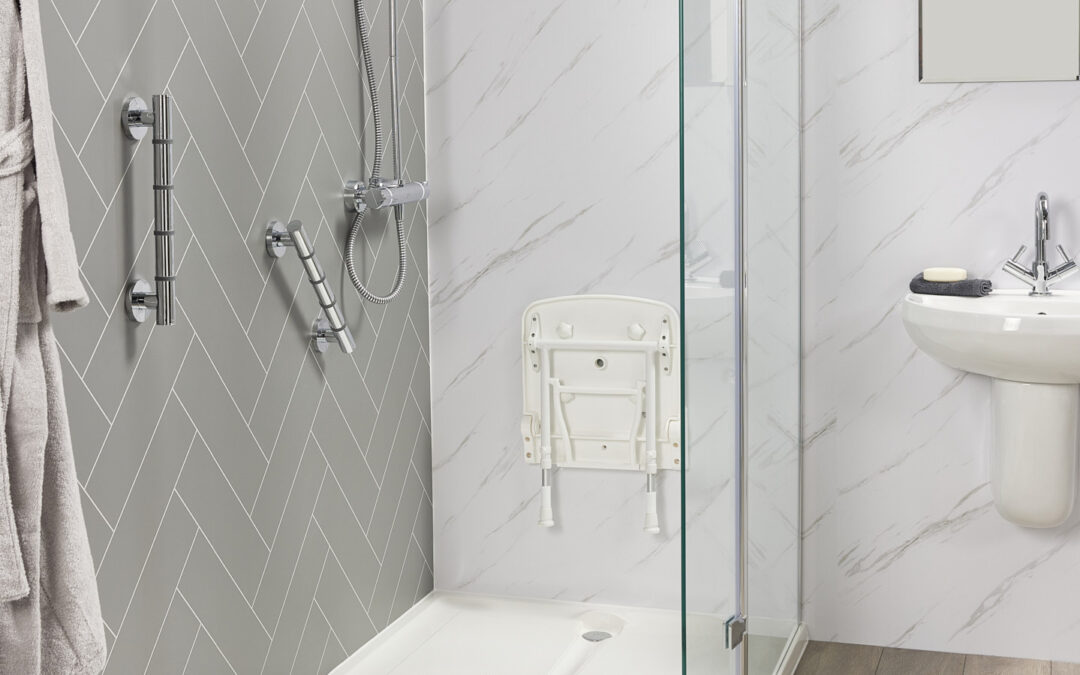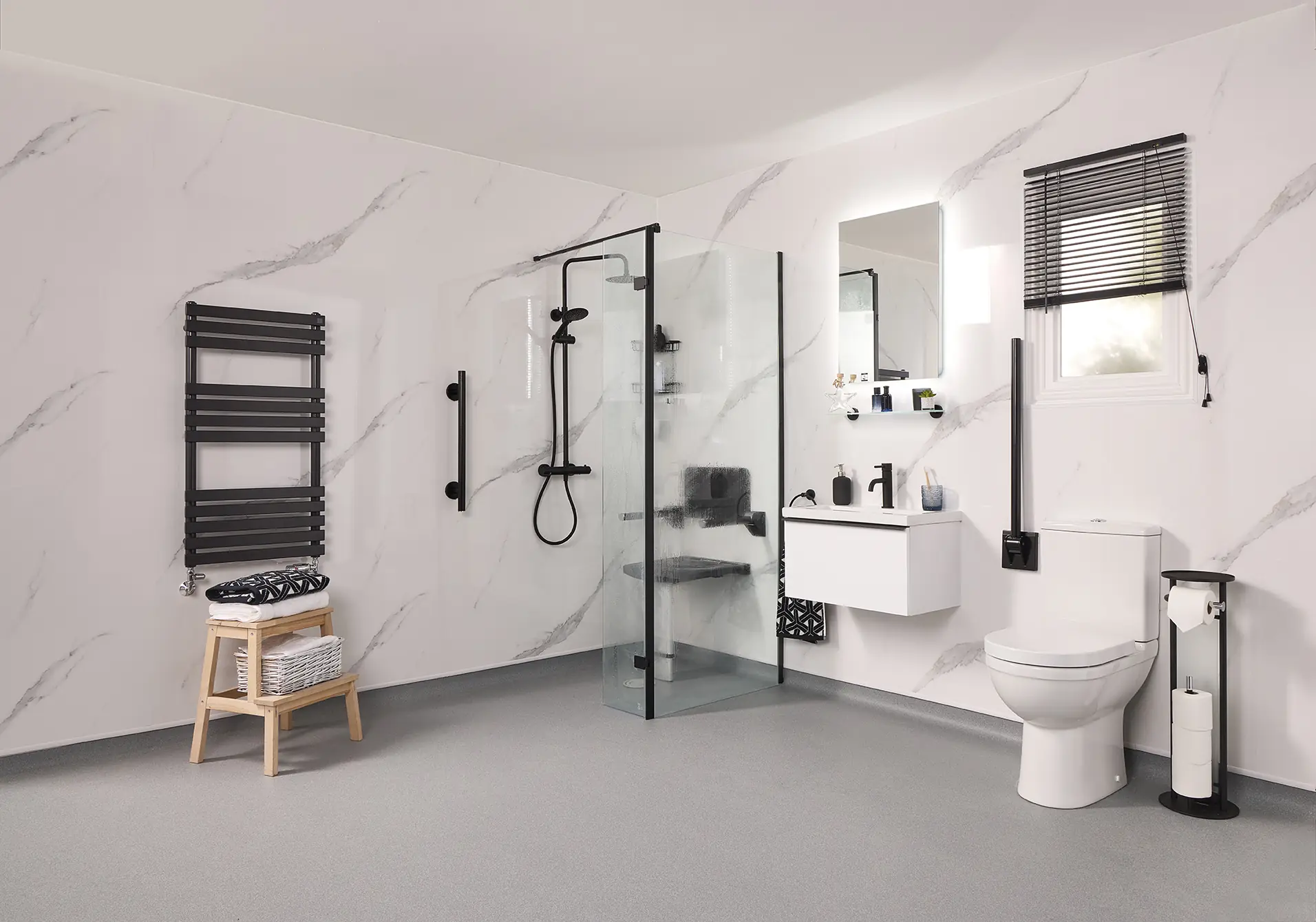Are you thinking about upgrading your bathroom? Walk-in showers are a modern, accessible, and stylish choice. Whether you’re replacing an old bathtub, considering a bathroom adaptation for mobility, or simply looking to enhance your bathroom’s aesthetic, this comprehensive guide will answer all your questions about walk-in showers.
What is a Walk-In Shower?
A walk-in shower is designed without a raised threshold, allowing easy access without stepping over any barriers. It typically features a level or gently sloping floor that blends seamlessly with the bathroom, making it ideal for anyone with mobility issues or those looking for a sleek, modern look.
Why Should You Consider a Walk-In Shower?
Walk-in showers offer several benefits compared to conventional showers or bathtubs:
- Accessibility: Walk-in showers are perfect for individuals with limited mobility. Their barrier-free design makes them easy to enter, whether you’re using a wheelchair or walker or simply need extra support.
- Safety: By eliminating the step-over barrier, walk-in showers reduce the risk of slips, trips, and falls. Non-slip flooring further enhances safety, especially for those with balance issues.
- Space Efficiency: The open design of walk-in showers can make your bathroom feel more spacious, ideal for smaller or more modern bathroom layouts.
- Aesthetic Appeal: With their clean lines and minimalist design, walk-in showers lend a modern, spa-like atmosphere to any bathroom.
Walk-In Showers vs. Conventional Showers: What’s the Difference?
- Entry: Traditional showers often have raised barriers or steps, while walk-in showers feature a low or level entry, making them easier to use for those with mobility challenges.
- Design and Space: Walk-in showers typically have an open layout, which can make the bathroom feel larger and more airy. Conventional showers, on the other hand, might have enclosed designs that can make the space feel smaller.
- Accessibility: Walk-in showers are designed to be more accessible, especially for people with physical limitations or those using mobility aids. Conventional showers may not be as user-friendly for individuals with mobility issues.
What Are the Different Types of Walk-In Showers?
Walk-in showers come in various designs to suit different needs. Here are the two main types:
- Low-Level Access Showers: These feature a small threshold (no higher than 40mm), providing easier access than traditional showers but still offering some separation between the shower floor and the bathroom floor.
- Level Access Showers: These have a level floor (10mm or less), offering seamless access for wheelchair users and anyone with mobility difficulties. They are barrier-free, providing a truly accessible experience.
Key Features to Look for in Walk-In Showers
When designing your walk-in shower, consider the following essential features:
- Grab Rails: For extra support, especially for those with limited mobility.
- Non-Slip Flooring: Prevents slips and enhances safety while showering.
- Adjustable Showerheads: Allows for easier use by individuals of varying heights or those seated while showering.
- Shower Seats: Whether fixed or folding, a seat adds comfort and convenience for people who prefer sitting while bathing.
How Much Does a Walk-In Shower Cost?
The cost of installing a walk-in shower can vary widely, depending on several factors, such as the size, materials used, and complexity of the installation. Due to their simpler design, walk-in showers may be more affordable than other solutions, like full wet rooms. However, costs can increase with customisation, luxurious materials, or specialised features.
Factors that may affect the cost include:
- Design Customisation: The more custom the design, the higher the price. High-end materials or tailored features like intricate tiling or frameless glass may increase costs.
- Accessibility Features: Adding accessibility features like grab bars, low thresholds, or adjustable showerheads might add to the cost.
- Installation and Plumbing: While a straightforward installation may be more affordable, more complex installations, including plumbing or drainage adjustments, can increase costs.
How Easily Can I Replace My Bathtub with a Walk-In Shower?
Replacing a traditional bathtub with a walk-in shower is often a simple process. Many walk-in showers are designed to fit within the same footprint as a bathtub, making it easy to adapt your existing bathroom layout without needing extensive renovations.
Benefits of Walk-In Showers
- Improved Safety: With no steps or raised thresholds, walk-in showers are safer for everyone, reducing the risk of falls and accidents.
- Increased Independence: Walk-in showers promote greater independence for those with disabilities by allowing individuals to bathe on their own without assistance.
- Sleek, Modern Aesthetic: The minimalist design of a walk-in shower can enhance the look of your bathroom, making it feel more spacious and contemporary.
- Long-Term Value: A walk-in shower is not only practical, but it can also increase the value of your home by offering a more modern, accessible bathroom solution.
Design Considerations for Walk-In Showers
When designing your walk-in shower, consider these important factors:
- Space: Ensure there is adequate room for the shower and the necessary accessibility features. A minimum of 5 feet by 3 feet is generally recommended for comfort and maneuverability.
- Drainage: A proper drainage system is essential to avoid water pooling or flooding. Linear or trench drains are popular options for walk-in showers.
- Waterproofing: Make sure the shower area and surrounding walls are properly waterproofed to prevent damage from moisture. Waterproof membranes and sealants are crucial in areas with high water exposure.
Installation Tips for Walk-In Showers
- Consult a Professional: It’s recommended to work with a specialist when installing a walk-in shower to ensure it meets your needs and is correctly installed.
- Ensure Proper Drainage: Be sure your shower has an effective drainage system to prevent water from accumulating outside the shower area.
- Consider Future Needs: Choose features that will meet your long-term needs, especially if you’re making accessibility improvements for aging in place or mobility challenges.
How EA Mobility Can Help
If you’re ready to transform your bathroom with a stylish, accessible walk-in shower, EA Mobility is here to help. Our expert team specialises in designing and installing custom walk-in showers tailored to your specific needs, whether you’re seeking a more modern look, increased accessibility, or both. We offer a free consultation to assess your needs and guide you through the process.
For more information, call us today at FREEPHONE 0808 2812665 or fill out our online Contact Form for a prompt response.












